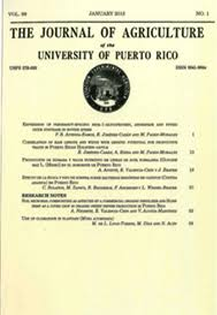Abstract
Because the Roche color fan (RCF, the standard for yolk color determination) may be subjective, alternative methods of taking these measurements have been developed, including an egg analyzer (EAN; ORKA). However, the EAN was developed for chicken eggs, leaving its capability uncertain on the smaller eggs of Japanese quail (Coturnix coturnix japonica). Therefore, we compared both instruments using quail eggs with different yolk pigment colors produced by the following diets: commercial (CONTROL; n=279), commercial + yellow pigment (OroGlo; YELLOW; n=133) or commercial + red pigment (Carophyll Red; RED; n=266). Both instruments have a 1 to 15 scale (1=pale and 15=intense). Data were analyzed using the SAS GLIMMIX and CORR procedures. The RCF detected color differences between diets with RED > CONTROL > YELLOW (9.55±0.34, 6.80±0.09, and 5.88±0.12, respectively; P<0.0001). A similar trend was observed for EAN with 7.43±0.23, 6.00±0.10, and 4.92±0.12 for RED, CONTROL, and YELLOW, respectively (P<0.0001). The RCF values were 2.12 (RED), 0.80 (CONTROL), and 0.96 (YELLOW) units greater than those of EAN (P<0.0001). Correlation coefficients of 0.24 (P=0.0013), 0.48 (P<0.0001), and 0.74 (P<0.0001) were observed between instruments for CONTROL, YELLOW, and RED, respectively. The reliability of EAN on quail eggs, although moderate in eggs with high color values, was considerably low in eggs with pale yolks.

